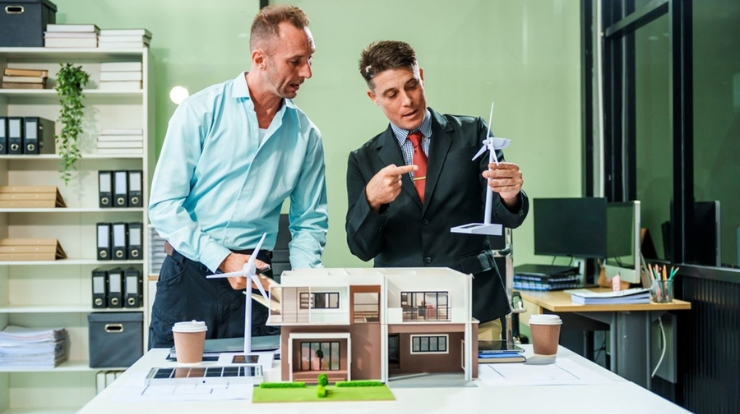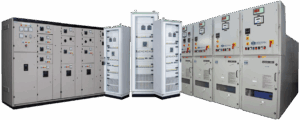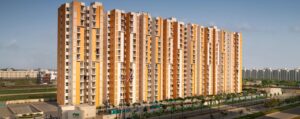Dubai is renowned for its groundbreaking architectural projects. Behind these ambitious designs are innovative architectural scale models Dubai that bring visions to life.
These models are crafted using advanced techniques, combining artistry and technology. Moreover, here’s an in-depth look at the cutting-edge methods shaping scale model creation in Dubai. As a result, these innovations are setting new standards and transforming the way architectural models are produced and presented.
1. 3D Printing for Precision and Speed
3D printing has revolutionized architectural model-making. It allows for fast and highly accurate production.
- Detailed Components: Intricate details such as window frames, facades, and latticework can be produced with precision.
- Customizable Designs: Changes to the design can be implemented quickly, saving time and cost.
- Sustainable Materials: Many 3D printers use eco-friendly materials, supporting Dubai’s sustainability goals.
This technology ensures that even the most complex architectural features are perfectly replicated.
2. Laser Cutting for Fine Details
Laser cutting is essential for creating clean, precise edges in scale models.
- High Precision: Lasers can cut materials with unmatched accuracy, even at a very small scale.
- Versatility: It works with materials like acrylic, wood, and metal, commonly used in Dubai models.
- Time Efficiency: Laser cutting speeds up the production process without compromising quality.
This technique is ideal for achieving intricate designs and patterns seen in Dubai’s iconic architecture.
3. Augmented Reality Integration
Augmented Reality (AR) is transforming how designers present scale models. It enhances the visual and interactive experience.
- Dynamic Layers: AR overlays additional information, such as interiors, on top of physical models.
- Client Interaction: Clients can use AR devices to explore different aspects of the model.
- Real-Time Updates: Changes in design can be shown instantly through AR.
This technique bridges the gap between static models and fully immersive digital experiences.
4. Virtual Reality Enhancements
Virtual Reality (VR) complements physical scale models, offering an immersive way to explore designs.
- Walkthroughs: VR enables users to take a virtual tour of the model.
- Spatial Understanding: It provides a sense of scale and proportion that static models can’t offer.
- Interactive Features: Users can interact with elements like doors and elevators in the virtual space.
VR is a powerful tool for presentations, giving stakeholders a realistic preview of the final project.
5. Advanced Material Use
The choice of materials significantly impacts the quality and appearance of scale models. In Dubai, innovative materials are a game changer.
- Biodegradable Materials: These are used for eco-friendly model production.
- High-Durability Plastics: They ensure long-lasting models suitable for exhibitions.
- Lightweight Composites: These make large models easier to transport and display.
Using advanced materials ensures that models are both visually appealing and functional.
6. LED Lighting for Realism
Lighting plays a key role in showcasing architectural features. LEDs are widely used in Dubai’s scale models.
- Simulating Natural Light: LEDs mimic daylight and nighttime conditions.
- Highlighting Features: Specific elements like windows or facades can be illuminated.
- Energy Efficiency: LEDs consume less energy, aligning with sustainable practices.
This technique adds depth and realism to scale models, enhancing their visual impact.
7. Robotics for Moving Components
Incorporating robotics into scale models is a recent innovation. It adds an element of interactivity.
- Functional Elevators: Models can include moving elevators or escalators.
- Rotating Structures: Features like revolving towers or turning bridges are demonstrated.
- Automated Features: Models can simulate functions like door openings or lighting adjustments.
These features make scale models more engaging and realistic.
8. Modular Design for Flexibility
Modular design techniques let designers remove or rearrange parts of the model.
- Exploring Interiors: Sections can be lifted to showcase internal layouts.
- Interchangeable Components: Different design variations can be swapped in.
- Ease of Transportation: Modular parts make models easier to move and assemble.
This technique is ideal for presenting multiple design options to clients.
9. CNC Milling for Complex Shapes
The CNC milling is used to create detailed and complex components.
- Custom Shaping: It allows for carving intricate designs in various materials.
- High-Speed Production: CNC machines produce components quickly without sacrificing quality.
- Versatility: This technique works with metals, plastics, and wood, offering diverse options.
10. Smart Technology Integration
Smart technology is a growing trend in Dubai’s scale models. It demonstrates the advanced features of modern buildings.
- IoT Features: Models show how smart systems control lighting, HVAC, and security.
- Interactive Displays: Touchscreens allow clients to explore smart building functions.
- Data Visualization: Models integrate with software to display real-time data.
This technique highlights the futuristic elements of Dubai’s architectural projects.
11. Water Features for Realism
Dubai often includes water features in its iconic designs. Scale models replicate these features with innovative methods.
- Simulated Water Movement: Pumps create realistic ripples and flows.
- Illuminated Water Effects: LED lights simulate reflections and underwater lighting.
- Eco-Friendly Techniques: Designers use recycled materials to create water features.
These additions make models more lifelike and captivating.
Conclusion
Craftsmen use cutting-edge techniques to craft Dubai’s architectural scale models, combining precision, technology, and artistry. Additionally, from 3D printing and laser cutting to AR and smart technology, these methods redefine model-making standards, enhancing both the accuracy and functionality of the designs. Consequently, they set new benchmarks for the industry, pushing the boundaries of what architectural models can achieve.
They not only enhance visual appeal but also improve functionality and interactivity. As innovation continues, Dubai’s scale models will remain at the forefront of global architectural trends.






